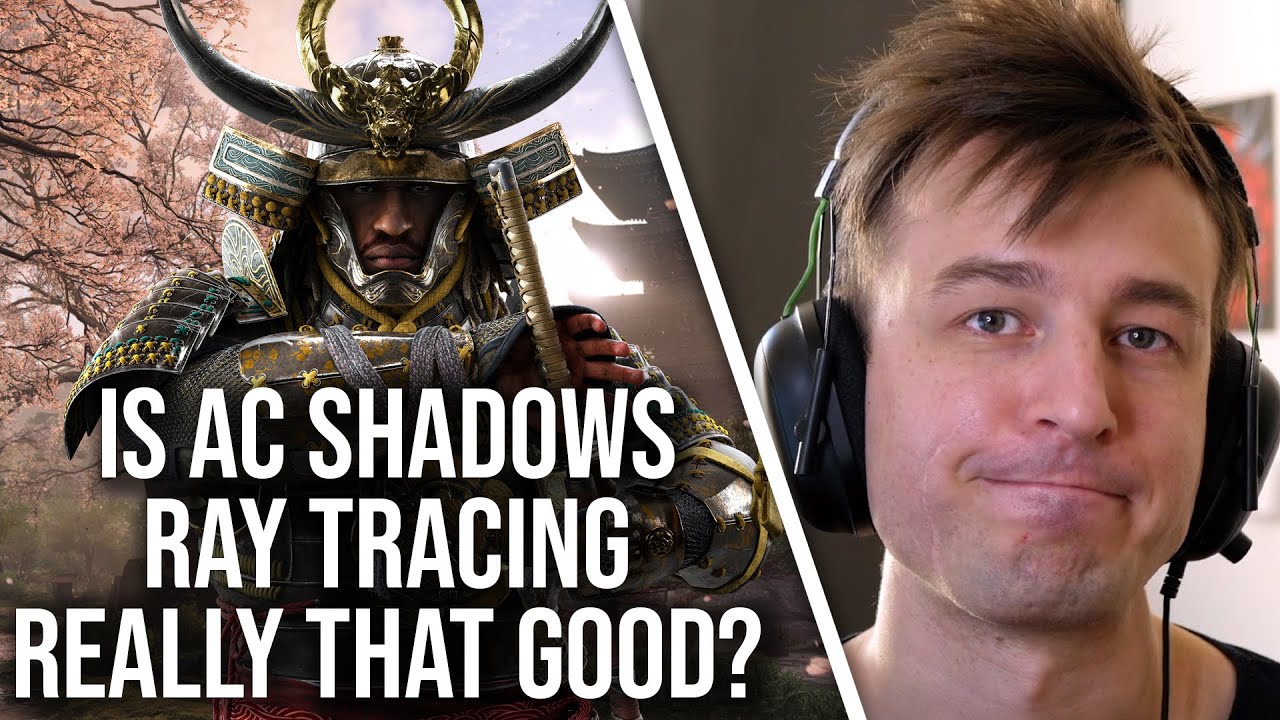In the discussion about “Assassin’s Creed Shadows,” the hosts defended the game’s ray tracing implementation against a viewer’s criticism, highlighting the significant improvements offered by the new Anvil Tech engine in terms of visual quality and performance. They also addressed concerns about the game’s frame rate cap in the Hideout area, advocating for more player control over frame rate options to enhance the overall gaming experience.
In a recent discussion about “Assassin’s Creed Shadows,” the hosts addressed a viewer’s critical perspective on the game’s ray tracing implementation, particularly regarding the perceived quality of ray-traced global illumination (RTGI) compared to software solutions like Lumen. The viewer expressed disappointment, suggesting that the visuals looked subpar, akin to older games. The hosts, particularly Alex, strongly disagreed with this assessment, arguing that the new Anvil Tech engine provides a significant improvement over previous technologies, offering better coverage, detail, and stability. They emphasized that the visual differences between the game with and without ray tracing are substantial, countering the viewer’s claims.
The conversation then shifted to the merits of analyzing custom game engines like Ubisoft’s Anvil compared to more common engines like Unreal. One of the hosts noted that custom engines often present unique challenges and surprises, making them more interesting to explore. Unlike Unreal, which can become predictable due to its widespread use across many titles, Anvil allows for fresh experiences and technical innovations. The hosts expressed enthusiasm for the visual quality of “Assassin’s Creed Shadows,” praising its smooth performance and high level of polish, especially in an open-world context.
A viewer raised concerns about the game’s frame rate, specifically the decision to cap the Hideout area at 30 FPS across all modes. This decision has reportedly led to a jarring experience for players, particularly those sensitive to frame rate changes. The hosts acknowledged that while 30 FPS can be acceptable, the abrupt switch between frame rates—especially when moving from gameplay to a 30 FPS Hideout—can detract from the overall experience. They speculated on the technical reasons behind this choice, suggesting that it may relate to the complexity of the environment and the need to balance performance with visual fidelity.
The discussion also touched on the broader implications of frame rate capping in games, with one host advocating for more player control over frame rate options. They argued that arbitrary limitations could hinder the gaming experience, especially as technology advances. The hosts pointed out that players should have the flexibility to choose their preferred frame rates, particularly in a landscape where future hardware will be capable of much higher performance.
In conclusion, the hosts expressed a mix of excitement and critical analysis regarding “Assassin’s Creed Shadows.” They appreciated the advancements in graphics and engine technology while also highlighting the importance of player experience concerning frame rates. The conversation underscored the ongoing evolution of game development and the need for developers to consider both technical capabilities and player preferences in their designs.
